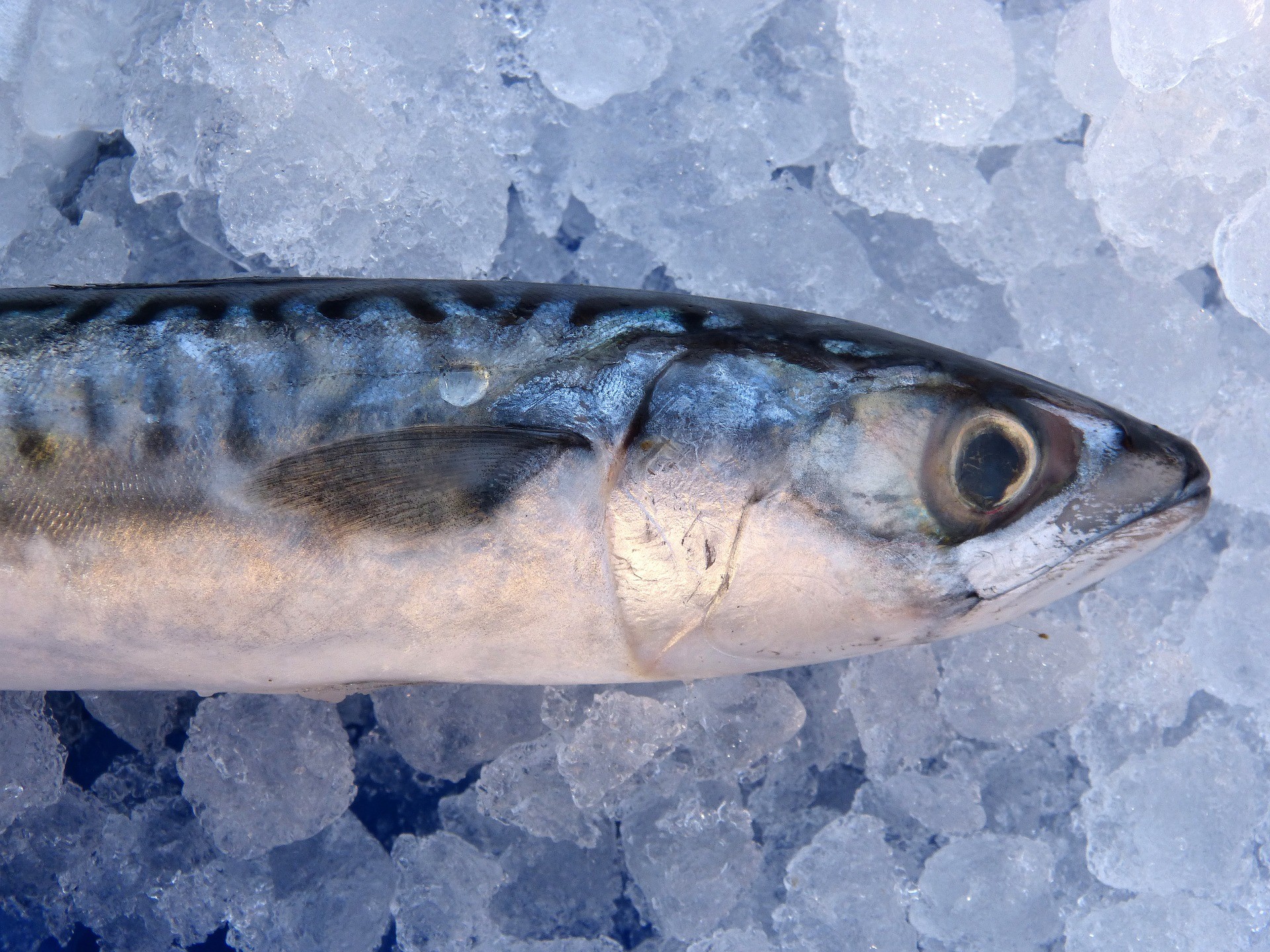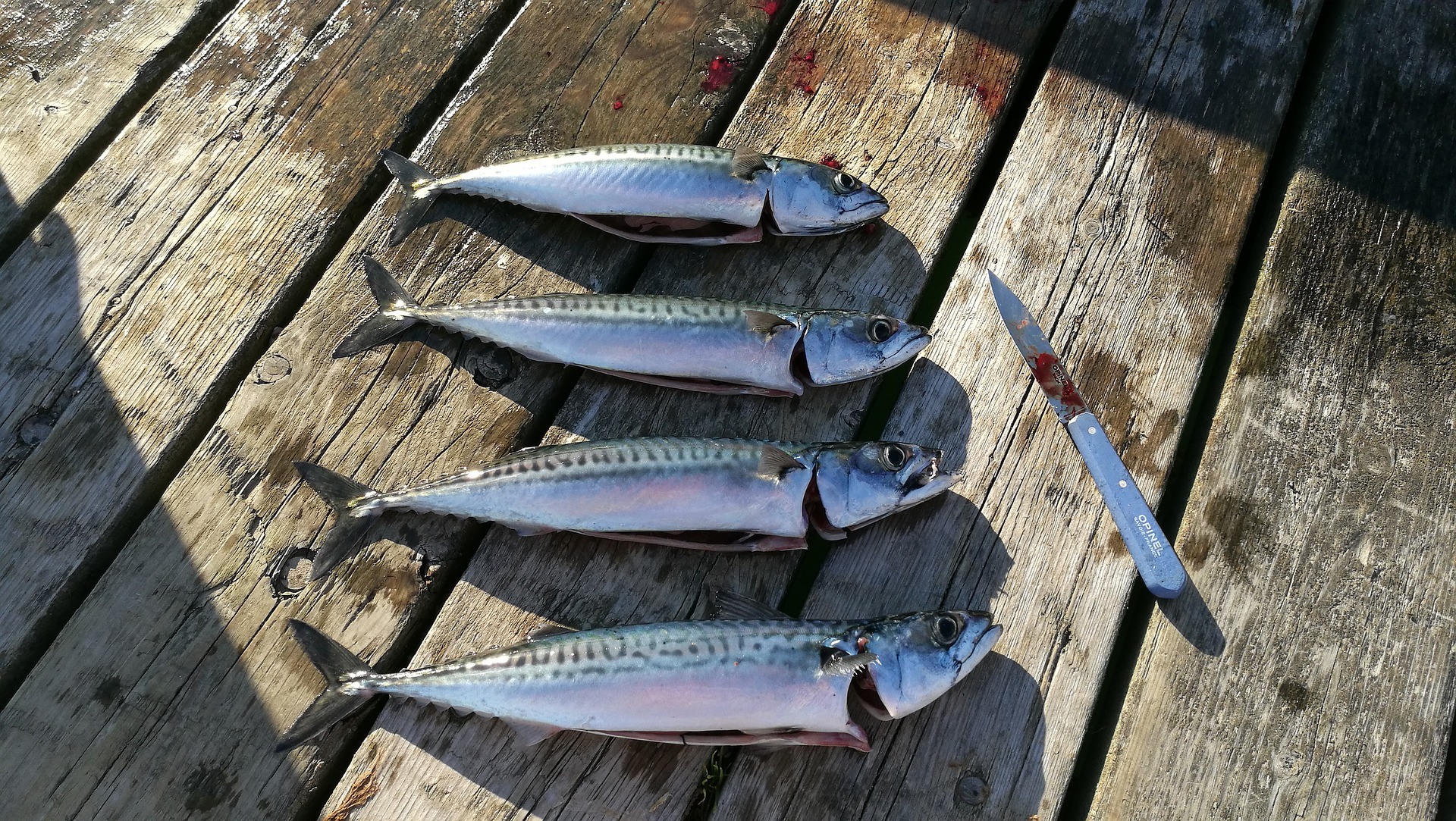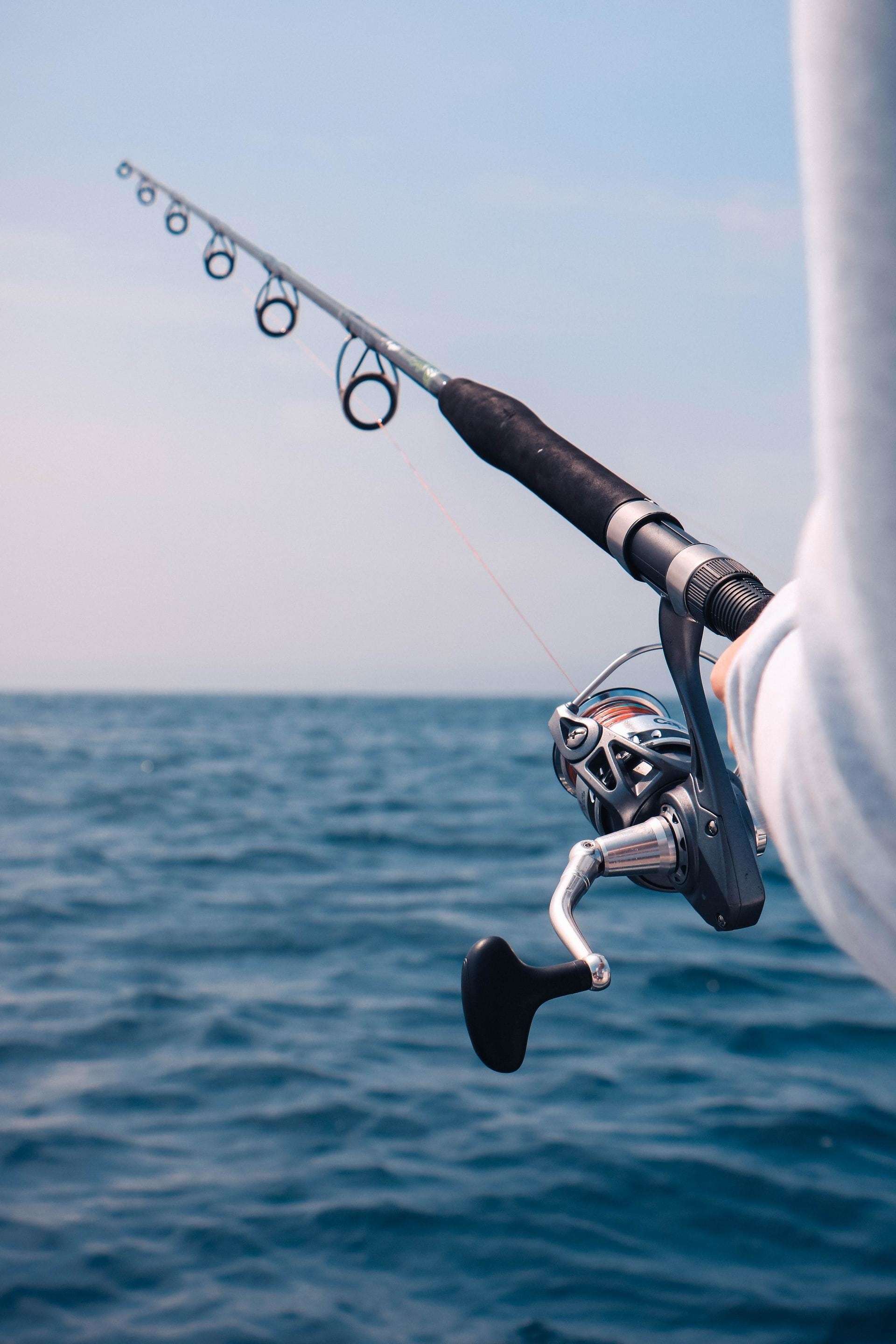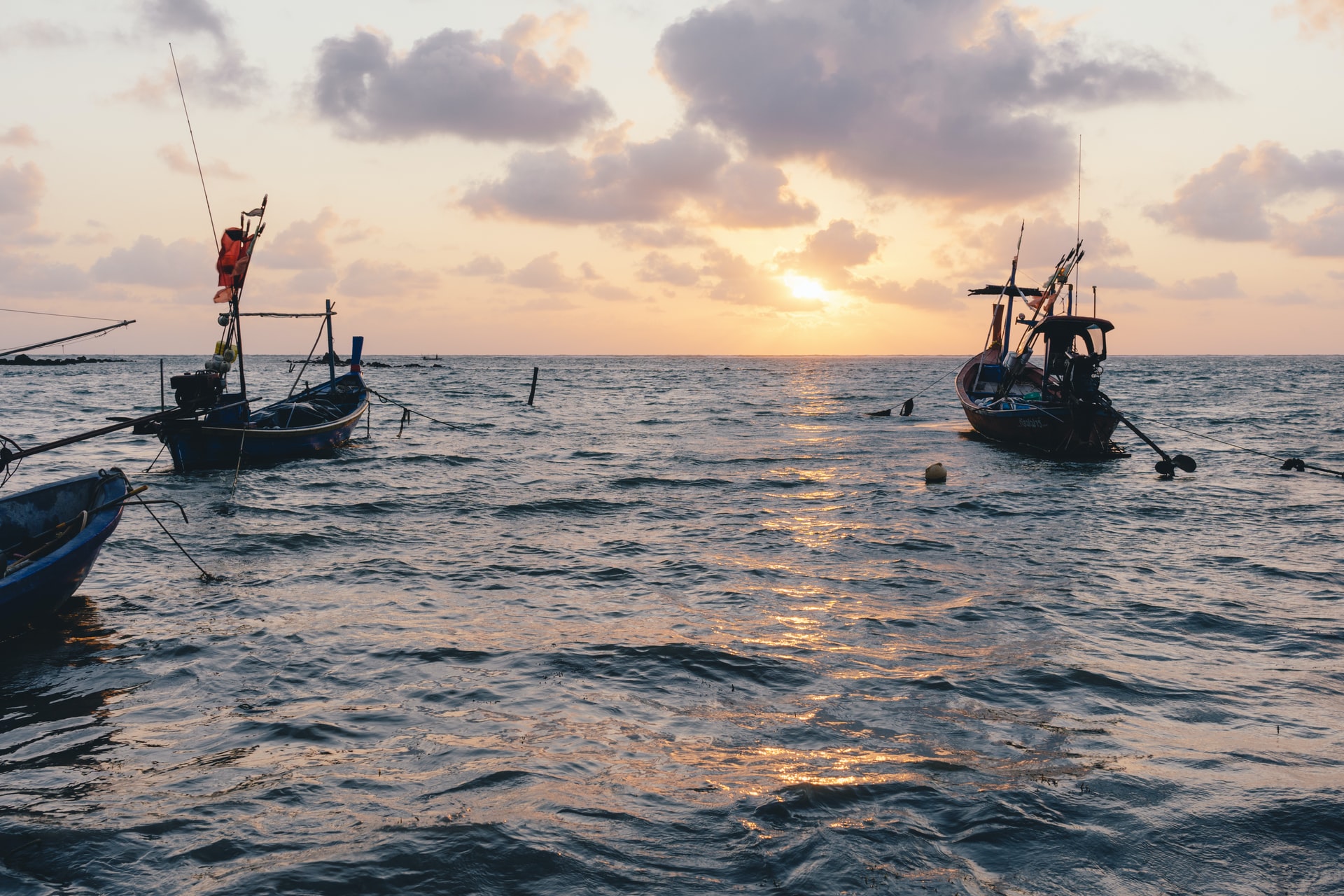Are you interested in mackerel fishing in the UK? We look at tips and advice about how to fish for mackerel. Find out more about where to find mackerel and equipment for mackerel fishing.
How To Fish For Mackerel
There are numerous ways for you to fish for mackerel; they are more seasonal and often arrive in our waters around the springtime and leave early in the autumn. However, the mackerel has come to waters relatively late in the last few years, around September and right through until January or February.
It is pretty common and easy to catch mackerel throughout the winter season, and you can often find shoals of them during the December, January months.
The best way to fish for mackerel is around harbours, jetties and piers, as these provide easy, immediate access to the tidal runs and deep water that mackerel prefers to swim in.
Very few know that when you unhook a mackerel to return it to the saltwater, ensure you don't hold its sides when aiming to get the hooks out'pinching or holding the scales on their sides blocks their ability to control its temperature.
Without these scales free, they could die within one or day, so it's best to avoid gripping these whilst unhooking. Try your best to jiggle the hook out when lying on the ground or hold it by the tail.
WHERE ARE Mackerel FOUND?
Every day all around the British Isles, mackerel shows up in the waters in huge numbers, especially in midsummer. They are often found on the surface only when they feed on the small white baitfish in the area; they chase and corner them by pier walls and groynes.
When they are feeding, it can be the best time to try and fish for them as they are easy to trick your lures and bait when angling. A few chicken feathers tied onto the end of your hook should suffice; however, various elaborate synthetic traps available to any anglers beginners and more experienced.
Plenty of the locations you choose and places you can find are impacted heavily by the temperature of the sea and the overall weather. Many Northern regions in the UK have mackerel season in the mid or late summer; however, mackerel are often offshore in the south for a great deal and only move inshore during the springtime years.

TOP MACKEREL LURES
Feathers: Coloured or white feathers are an old-fashioned way of luring in fish, especially mackerel. They are a popular option as they are the cheapest method.
Hokkais: These are designed to have a small luminous fish head with feather streamers or a kind of glittering tinsel to make it appear like the body or tail of the fish. They are a highly effective method of luring as they can be rather deadly for mackerel when used as bait.
Sabiki: Sabiki is a fantastic form of bait when catching smaller fish or baitfish like mackerel, launce, herrings, sand-eels, etc. They are quite the must-have during the summer season; however, you must strive to cast them with care as they can fall off a light-line easily.
Silver tinsel: Silver tinsel is a tried-and-tested favourite method for catching mackerel fish. It has a red whipping around the spade hook that can often fall to pieces with frequent use, so you may want to invest in plenty of them or a different lure.
Shrimp: Numerous companies frequently produce large, standard and mini-sized shrimp patterns for anglers all around. Mini are often the best choice of shrimp pattern for mackerel.
Daylights: Daylights are another popular choice, they are a bar of silver or white reflective fabric with a coloured, full-length hook shank whipping. Daylight is one of the most potent mackerel lures available.
Sliding floats can also be a fun option if you have lots of room or an extensive location to fish in. Often mackerel may turn their noses up at stringed feathers and not be as easily tricked; this may be the best time to try a different technique. Try bar spinners, or you could even cast a fly.

What depth to catch mackerel
You must use a wide range of methods and try numerous different depths to see what you may catch. If others with you seem to be noticing more mackerel, it may be best to fish deeper or see where their stop knot lies and follow suit.
Mackerel often feed and hunt halfway up from the seabed alongside other smaller baitfish like pollock and whiting, hunting all at the same depth.
Equipment for Mackerel Fishing
Float fishing
Mackerel often remain at the same depth halfway up the seabed, around 8ft up to 20ft. Mackerel also tends to stay close to piers, cliffs, and walls during high and low tides; if you are casting to sea from a dock, you will only cast out between 5-30 yards.
Perfect places and ways to catch mackerel are rocky shores and piers close to deeper waters. Mackerel doesn't come close to the beaches, so your best results will likely come when you position yourself further out.
Ideal baits are shiny ones or something silver that will glint in the water and catch attention. One of the most common baits is mackerel themselves; they are regarded as excellent bait.
Other floating bait food are scad, sand-eels, scad and squid. Floating bait is a much faster and straightforward way of catching fish, the float shoots down, and you can begin targeting mackerel quicker without too many fights when you retrieve them.
Spinning for mackerel
So many different lures exist on our tackle markets now, it can be most confusing which one is most effective for the species you want to catch, especially for beginner level angling.
Light spinning is a straightforward form of luring fish. You firstly attach your snap swivel onto your slackline and then whatever draw you have onto the end before casting. The Dexter Wedge spinner is an excellent lure for catching and reeling in numerous small fish species like bass, wrasse and mackerel.
The spinning lure is a well-established bass and mackerel lure used by many anglers. If you choose sea fishing for mackerel from the shore, don't get too big, many anglers have caught some extensive sizes of fish with even the smallest spinners.

Feathering for Mackerel
The mackerel feathers are an entire rig. In this instance, you will have a long line of each feather, 30cm apart from one another. You may also have a swivel or loop on either end, and then you can attach the mainline and weight to each end.
If you have a pretty light setup, for example, using equipment like a cheap reeling and rods or a spinning rod, refrain from using more than three feathers at a time. Only put on what your gear can withstand. Large beach caster with a fixed spool reel or a powerful multiplier, you may be able to handle weights of around six mackerel on your line.
Try not to cast your feathers as far out as they can reach; it's best to keep them close to you. Compared to other species of fish, mackerel are likely to be below your feet instead of way out at sea. Move your rod forward, let it sink to the bottom, move it around halfway up from the seabed, lower it, and raise it for more success.
Best Locations
You can fish for mackerel all along the British coastline; however, rock marks, piers and harbours are likely to be your best bets. These locations will give you immediate access to deeper water and will provide you with more movement to gain the attention of the mackerel halfway up from the surface of the seabed.

Looking For Mackerel Sea Fishing in Cornwall?
We hope you have got some useful tips from our article, How To Fish For Mackerel. If you want to experience mackerel sea fishing in Cornwall, our experienced skipper is here to show you the best locations around Looe. Whether experienced or new to sea fishing, we can help you enjoy the trill of local sea fishing.

